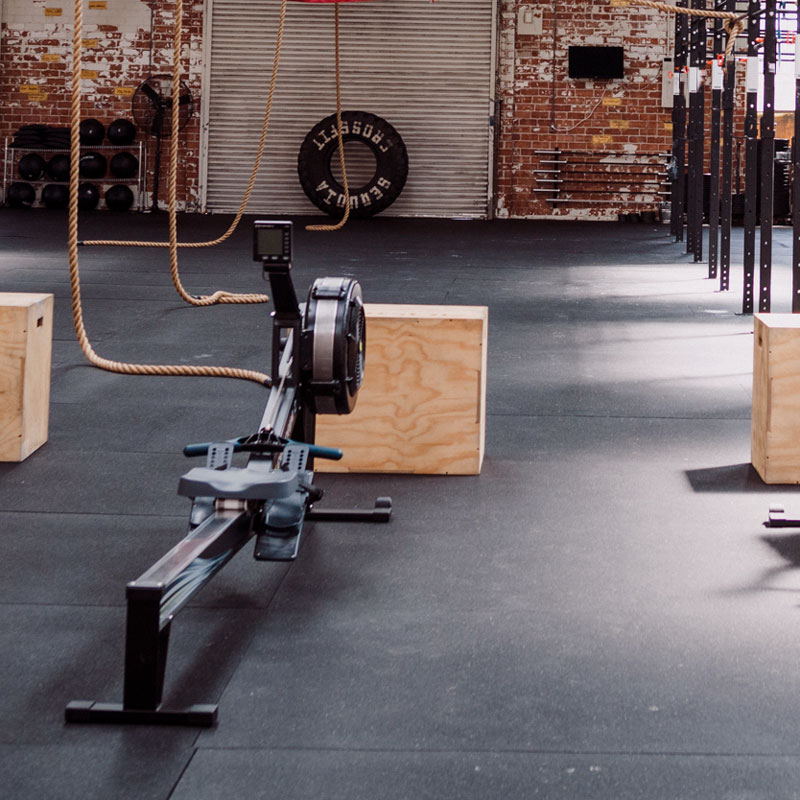conditions we treat
Cyclist’s palsy
Cyclist’s palsy is a relatively common condition among avid cyclists, although fairly rare in the general population.
Cyclists are prone to injury because the position of their hands on the handlebars places pressure on the ulnar nerve. When combined with vibrations from the road/trail and long periods of riding, this can lead to injury in the nerve.
The good news is that cyclist’s palsy is usually not a permanent condition and full function will likely return with treatment.
Symptoms of cyclist’s palsy include
- Numbness, tingling, or pain in the ring and little finger
- Weakness in grasping or squeezing with your hand
MAKE AN APPOINTMENT
Experiencing pain or instability? Get to the root of the problem and book a visit with our Eden Prairie and Edina chiropractors today.
How does cyclist’s palsy impact the musculoskeletal system?
Cyclist’s palsy is essentially an ulnar neuropathy, meaning that the ulnar nerve has been damaged or injured.
The ulnar nerve supplies sensation for half of the ring finger and the little finger and also allows you to control several hand muscles including some in the thumb. This nerve becomes damaged at a place on the wrist called Guyon’s Tunnel, located on the medial (little finger) side of the hand. The nerve passes through a narrow space and is therefore vulnerable in this location.
What are other nerve injuries cyclists face?
Other nerves may also be damaged from frequent cycling. If the median nerve is damaged, an athlete may have numbness, pain, or tingling in a different location in the hand such as the palm or over the thumb. The athlete could also experience some weakness in the hand. This injury would more than likely be a form of carpal tunnel syndrome.
If this damage was caused by cycling the same tips for prevention of carpal tunnel would apply. Of course, nerves can be damaged or irritated at any other location from the spine to the hand, so persistent symptoms should be evaluated by a sports chiropractic physician, especially if the symptoms are present more frequently than just during and after cycling.
If I have cyclist’s palsy or carpal tunnel, will I have to stop cycling?
No. If you are feeling pains from either condition in your hand or wrist, steps should be taken to lessen the pressure during a bike ride.
Some recent studies have shown that cycling has some effects on the nerves in your wrists even if you don’t feel any symptoms. During and after cycling the nerves in the wrist were conducting signals slower than before cycling. If you are an avid or competitive cyclist, preventive steps to avoid these common injuries should be taken even if you have never had a problem.
What are some steps to prevent cyclist’s palsy?
- Ride with padded gloves and/or padded handlebars to minimize vibration in the hands.
- Have your bike fit examined by a knowledgeable professional to ensure excess pressure is not being placed on your wrists.
- Avoid cycling with the hands in a fully extended (bent backwards) position.
- Distribute your weight evenly across a large portion of your hands on the handlebars.
- Periodically change grips during long distance races (if handlebars allow).
- Have good shock absorbers on the front tire of mountain bikes.
- See a physician if the symptoms persist or worsen.
Get treatment
Book an appointment
If you have questions about whether a sports chiropractic clinic is right for you, give us a call or fill out our contact form.
Frequently asked questions
What can you expect from a visit with the sports chiropractors at Premier Sports & Spine? Read about what a visit entails in our FAQ.


